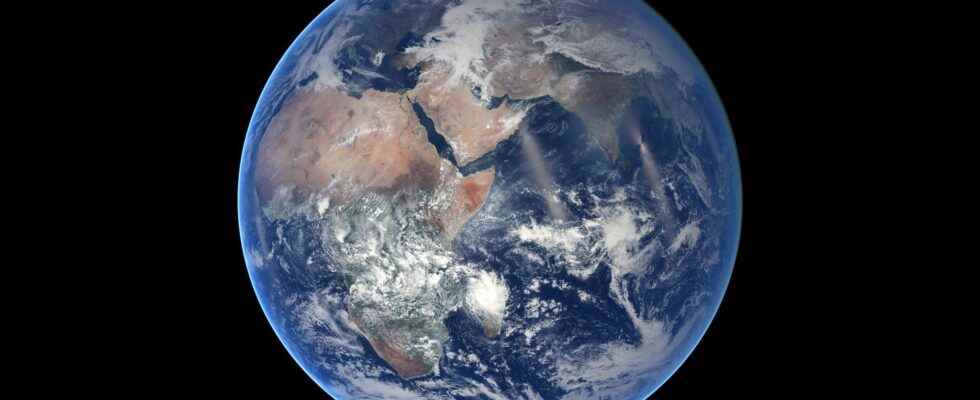This is good news for the planet, as human-caused global warming accelerates. On Monday, Dec. 9, experts from a UN-sponsored science panel said the ozone layer, which protects the Earth from ultraviolet radiation, is “on track” to recover over four decades. Current policies remain in place, the ozone layer is expected to recover to 1980 values (before the ozone hole appeared) by approximately 2066 over Antarctica, 2045 over ‘Arctic and 2040 in the rest of the world’, says the UN Environment.
This result is the result of global cooperation, initiated by the Montreal Protocol in 1985. The latter, now ratified by 198 countries, bans substances that deplete the ozone layer (ODS) – since 1996 for developed countries and since 2010 for those in development. In 2016, the “Kigali amendment” extended the ban to hydrofluorocarbon (HFC) type gases, which are also very harmful to the climate. UN scientists estimate that this amendment could prevent a warming of 0.3°C to 0.5°C by 2100.
However, experts warn of the potential adverse effects on ozone of geoengineering projects intended to limit global warming. One of them would be to inject billions of sulfur particles into the upper layer of the atmosphere. However, an injection of particles into the atmosphere “could result in a serious drop in the level of ozone”, warns the co-chair of the scientific panel, John Pyle.
